预约演示
更新于:2025-12-06

NS Wind Down Co., Inc.
更新于:2025-12-06
概览
标签
感染
合成多肽
疾病领域得分
一眼洞穿机构专注的疾病领域
暂无数据
技术平台
公司药物应用最多的技术
暂无数据
靶点
公司最常开发的靶点
暂无数据
| 排名前五的药物类型 | 数量 |
|---|---|
| 合成多肽 | 1 |
| 排名前五的靶点 | 数量 |
|---|---|
| Bacterial DnaK(Hsp70 家族真核蛋白折叠伴侣) | 1 |
关联
1
项与 NS Wind Down Co., Inc. 相关的药物作用机制 Bacterial DnaK 抑制剂 |
原研机构- |
非在研适应症- |
最高研发阶段临床前 |
首次获批国家/地区- |
首次获批日期- |
2
项与 NS Wind Down Co., Inc. 相关的临床试验NCT03988036
A Prospective, Multicenter, Open Label, Neoadjuvant Phase II Single Arm Study With Pembrolizumab in Combination With Dual Anti-HER2 Blockade With Trastuzumab and Pertuzumab in Early Breast Cancer Patients With Molecular HER2-enriched Intrinsic Subtype
Keyriched-1 is a multicenter, interventional, prospective, single arm, open label, neoadjuvant phase II trial evaluating the pathological complete response (pCR) rate induced by pembrolizumab in combination with the dual anti-HER2 blockade consisting of trastuzumab biosimilar ABP 980 and pertuzumab in early breast cancer patients with molecular HER2-enriched intrinsic subtype tested by PAM50.
开始日期2020-08-18 |
申办/合作机构 |
NCT03164993
ALICE: a Randomized Placebo-controlled Phase II Study Evaluating Atezolizumab Combined with Immunogenic Chemotherapy in Patients with Metastatic Triple-negative Breast Cancer
This is a randomized, double-blind, placebo-controlled phase II study evaluating the safety and efficacy of Atezolizumab when combined with immunogenic chemotherapy in subjects with metastatic triple-negative breast cancer. Atezolizumab, pegylated liposomal doxorubicin and cyclophosphamide are the Investigational Medicinal Products (IMPs).
开始日期2017-06-01 |
申办/合作机构 |
100 项与 NS Wind Down Co., Inc. 相关的临床结果
登录后查看更多信息
0 项与 NS Wind Down Co., Inc. 相关的专利(医药)
登录后查看更多信息
118
项与 NS Wind Down Co., Inc. 相关的文献(医药)2025-07-15·CLINICAL CANCER RESEARCH
Spatial Transcriptomics Advances the Use of Canine Patients in Cancer Research: Analysis of Osteosarcoma-Bearing Pet Dogs Enrolled in a Clinical Trial
Article
作者: Mazcko, Christina ; Church, Sarah ; Beck, Jessica A. ; LeBlanc, Amy K. ; Garg, Anjali
Abstract:
Purpose::
Pet dogs spontaneously develop many of the same tumor types as humans, including osteosarcoma. Recent advances in spatial transcriptomics have improved our ability to utilize formalin-fixed paraffin-embedded tissues collected at canine autopsy. These techniques allow the canine model to be investigated alongside murine models to inform human cancer research. Herein, we present the first application of the GeoMx Canine Cancer Atlas to outcome-linked samples from canine patients enrolled in an osteosarcoma clinical trial.
Experimental Design::
A tissue microarray of primary osteosarcoma samples was assayed using the GeoMx Digital Spatial Profiler. Samples were stratified by disease-free interval (DFI). Patients within the upper and lower tertiles were assigned to the high- (n = 8) and low-DFI (n = 8) groups, respectively. Analyses included the identification of differentially expressed genes, pathway enrichment, and cell deconvolution.
Results::
Genes enriched in high-DFI tumors included PTEN and CDKN1B. Low-DFI tumors were enriched for NCAM1. Pathways enriched in the low-DFI group included MYC, MTORC1, and oxidative phosphorylation. High-DFI tumors were enriched for IFNα response and allograft rejection pathways, among others. Macrophages and CD8+ T cells were elevated in high-DFI tumors.
Conclusions::
Gene and pathway enrichment found to be associated with DFI in this study overlap with that described in human patients with osteosarcoma, underscoring the value of the canine model in metastatic osteosarcoma research.
2025-07-11·Science Advances
Single-cell spatial transcriptomics reveals immunotherapy-driven bone marrow niche remodeling in AML
Article
作者: Reeves, Jason ; Herzog, Julius R. ; Gui, Gege ; Schrom, Edward C. ; Bingham, Molly A. ; Martin, Eddie ; Hourigan, Christopher S. ; Zhao, Chen ; Kim, Sean ; Bahrami, Arya ; Calvo, Katherine R. ; Dillon, Laura W. ; Goswami, Meghali ; Hansen, Kasper D. ; Zaki, George ; Degenhardt, Hermann F. ; Wong-Rolle, Abigail ; Divakar, Prajan
Given the graft-versus-leukemia effect observed with allogeneic hematopoietic stem cell transplantation in refractory or relapsed acute myeloid leukemia (AML), immunotherapies have been explored in nontransplant settings. We applied a multiomic approach to examine bone marrow interactions in patients with AML treated with pembrolizumab and decitabine. Using extensively trained nuclear and membrane segmentation models, we achieved precise transcript assignment and deep learning–based image analysis. To address read-depth limitations, we integrated single-cell RNA sequencing with single-cell spatial transcriptomics from the same sample. Quantifying cell-cell distances at the edge level enabled more accurate tumor microenvironment analysis, revealing global and local immune cell enrichment near leukemia cells postpembrolizumab treatment, potentially linked to clinical response. Furthermore, ligand-receptor analysis indicated potential alterations in specific signaling pathways between leukemia and immune cells following immunotherapy treatment. These findings provide insights into immune interactions in AML and may inform therapeutic strategies.
2025-05-01·NATURE MEDICINE
Author Correction: Single-nucleus chromatin accessibility and transcriptomic map of breast tissues of women of diverse genetic ancestry
作者: German, Rana ; Chen, Duojiao ; New, Felicia ; Storniolo, Anna Maria ; Sandusky, George ; Bhat-Nakshatri, Poornima ; Adebayo, Adedeji K ; Erdogan, Cihat ; McGuire, Patrick C ; Emmert, Lydia ; Nakshatri, Harikrishna ; Liu, Yunlong ; Gao, Hongyu ; Khatpe, Aditi S ; Jiang, Guanglong
176
项与 NS Wind Down Co., Inc. 相关的新闻(医药)2025-08-08
10x Genomics said key Scale Biosciences products will remain on the market and that the company will continue participating in research programs such as the 100 Million Cell Challenge and the Billion Cells Project through the Chan Zuckerberg Initiative. \n 10x Genomics is stepping up to buy Scale Biosciences and its single-cell profiling solutions, with plans to implement them within the company’s Chromium platform. The deal for the recent Fierce Medtech Fierce 15 winner includes $30 million in upfront cash and stock plus undisclosed milestone payments.Scale Bio’s massively parallel tagging technology, dubbed Quantum Barcoding, allows researchers to pool together samples during processing while still labeling each transcript in the cell. Using a 96-well plate containing thousands of microwells, the approach can enable the sequencing of millions of cells at a time without extra specialized equipment. 10x said key Scale products will remain on the market and that the company will continue participating in research programs such as the 100 Million Cell Challenge and the Billion Cells Project through the Chan Zuckerberg Initiative. Earlier this year, Scale began shipping its RNA analysis kits, which aim to cost less than one cent per cell. And, in 2024, the company paired up with Revvity’s BioLegend business to launch a single-cell protein solution to help identify rare cell subtypes.“At 10x, we\'re relentlessly innovating to build a world where single cell analysis is routine, accessible, and scalable at levels previously unimaginable,” 10x Genomics CEO Serge Saxonov said in a statement. “This acquisition is a step towards that vision—reflecting our commitment to accelerating adoption of single cell technologies,” Saxonov said. “By integrating Scale\'s inventions with 10x\'s global platform and innovation engine, we will broaden the capabilities and reach of existing and future products.”In addition, Scale\'s scientific co-founders are set to join 10x as advisors, including Garry Nolan, Ph.D., at Stanford University; Jay Shendure, M.D., Ph.D., and Cole Trapnell, Ph.D., at the University of Washington; and the company’s chief scientific officer, Frank Steemers, Ph.D.“We are incredibly proud of what we\'ve built at Scale and its impact advancing biological understanding in single cell analysis. Our integration with 10x will accelerate the adoption of our technology, helping it reach new customers and transformative emerging applications,” said Scale President and CEO Giovanna Prout. “We look forward to 10x building on our pioneering work and supporting a broader global customer base that will drive the next wave of biological discovery.”10x Genomics also posted its second-quarter earnings this week, totaling $172.9 million in revenue—however, that includes the receipt of $27.3 million through a patent litigation suit settled with Bruker earlier this year, following the latter’s acquisition of NanoString. Minus that, 10x’s sales amounted to $145.6 million, for a 5% decrease compared to the same period in 2024. Net income, however, reached $34.5 million versus a net loss of $37.9 million last year. The company said those figures also included $4 million from customers in China looking to make their purchases early before new tariffs took effect. “The second quarter unfolded largely as anticipated,” Saxonov said in a statement. “Amid continued uncertainty in the funding environment, we\'re encouraged by the resilience of our business and the dedication of our team. We\'re focused on disciplined execution, and remain confident in the strength of our technology, the momentum behind our platforms and the significant long-term opportunity in front of us.”

并购
2025-05-15
·循因缉药
全球视野,深度视角各位亲爱的股东,大家早上好中午好晚上好!星球首发,加入方法如下。小编在这里!星球在这里!2025年5月14日,10x Genomics宣布与Bruker达成法律诉讼和解协议。这项和解协议涉及双方全球范围内的专利诉讼纠纷,主要是Bruker收购的NanoString与10x Genomics在空间生物学专利的纠纷。据悉,10x Genomics将收到6800万美元的和解金和后续的版税。这部分将以分期付款的方式在2025Q3和2026Q2按照50:50的比例支付。此前,10x Genomics已经与Vizgen达成和解,获得2600万美元和解金首付款。至此,10x Genomics全球范围内的空间生物学专利诉讼基本告一段落。可惜的是,NanoString已经不在了...至于二者能达成和解,我的猜测是:这也可能与10x Genomics目前面临的经营困境有关。在2025Q1财报中,10x Genomics被迫撤回了之前的全年财务指引,并裁掉约100名员工。#01小背景2023年5月19日,我们独家披露了10xGenomics在德国慕尼黑地区法院对NanoString专利侵权案的结果。根据判决同时生效的禁令,NanoString在德国境内不能再销售CosMx SMI设备和对应的RNA检测试剂。2023年6月1日,10xGenomics发布公告,公司对NanoString在欧洲联合专利法院(Unified Patent Court,UPC)提起诉讼,指控NanoString侵犯了其2794928B1(EP928专利)和4108782B1专利(EP782专利)。2023年9月19日,10x Genomics再次发布公告,宣布获得UPC颁布的临时禁令。根据禁令,NanoString在UPC管辖内的17个国家不能再销售CosMx SMI设备和对应的RNA检测试剂,亦不能提供相应的服务。这17个国家分别是Austria, Belgium, Bulgaria, Denmark, Estonia, Finland, France, Germany, Italy, Latvia, Lithuania, Luxembourg, Malta, the Netherlands, Portugal, Slovenia 和Sweden.2024年7月18日,Bruker(布鲁克)发布公告,旗下NanoString 空间生物学产品CosMx在德国的销售禁令已经解除。从即日起,CosMx全部产品包括蛋白和RNA检测产品,均可在德国销售。(感兴趣的也可以搜索我们公众号,挺全了)END小编在这里!星球在这里!各位股东看了么?赞了么?转发了么?别忘了点赞。谢谢!所有内容均不作为投资建议,信息均来自公开资料,星球更新更快。近期文章:赛默飞也扛不住Ginkgo已经“进化”到看不懂了...Guardant Health:关税是啥?预计2025年营收增长20%中美“关税战”降级后的赢家是谁?后槽牙咬碎!Natera的MRD 一季度干了16.1万例10x Genomics CEO 炮轰美国联邦政府相关资料:注1:https://www.prnewswire.com/news-releases/10x-genomics-announces-patent-litigation-settlement-agreement-with-bruker-302455792.html
专利侵权并购财报
2025-01-09
·循因缉药
环球视野,深度视角
各位亲爱的股东,大家早上好中午好晚上好。
为了看明白今天要聊的,我们先做个前情提要。
#01
前情提要
我们都知道,空间生物学这块是10x Genomics目前最看重的发展领域。
(巧了,我们也是。)
因此,为了保证足够的战略缓冲,10x Genomics对NanoString、Vizgen为代表的空间生物学厂商发起了一系列的诉讼。
此前取得了一系列的进展,比如先后在德国、欧盟境内那打动了针对NanoString CosMx的销售禁令等等。
但是,好景不长,Bruker收购NanoString之后形势急转直下。
2024年2月26日,欧洲专利法院UPC(European Unified Patent )推翻了此前针对NanoString CosMx产品的禁售令!
2024年7月18日,Bruker(布鲁克)发布公告,旗下NanoString 空间生物学产品CosMx在德国的销售禁令已经解除。
从即日起,CosMx全部产品包括蛋白和RNA检测产品,均可在德国销售。
感兴趣的可以刷刷这几篇文章:
10x Genomics再败,Bruker笑开了花
立即生效!NanoString CosMx全部产品德国解禁!
空间战争升级!10x Genomics、NanoString和Vizgen近况起底
其中,最后一篇里面是这样写的:
随后,在2024年5月8日Vizgen发布公告:美国地方法院法官批准了Vizgen扩大其对竞争对手10x Genomics和哈佛大学的反垄断诉讼的请求,理由是在案件的发现阶段出现了新的证据。
如今,我们终于等到了后续。
#02
攻守之势易也
2025年1月6日,Vizgen CEO Rob Carson发布公开信,表示“法院已决定,我们对哈佛大学和 10x Genomics 提出的部分反诉将于 2025 年 2 月 3 日开庭审理。”
也就是说,此前10x Genomics是原告,Vizgen是被告。
如今,掉了个个,变成Vizgen是原告,10x Genomics成了被告,还顺带捎上了哈佛大学。
好家伙,攻守易形了属于是。
当然,关注我们的朋友估计早就预料到了。
空间组学三国杀!10x Genomics 与 NanoString/Vizgen的专利战再爆猛料!
在上文中我们就曾经跟大家分享过,为啥要把哈佛和10x Genomics一起送上被告席。
总结下来就是这4条,总而言之就是10x Genomics认为自己拿了专利大炮,实际上可能拿的是大红袍,还是得跟其他家分着喝那种...
本次开庭,将就六个事项进行听证。
我们给大家翻译下:
第一,哈佛大学的行为,包括其技术发展办公室(OTD)以及George Church博士在获得2000万美元基因组研究拨款时的行为,其中包括承诺以合理基础提供任何产生的专利许可(Vizgen认为哈佛在与Vizgen的关系中没有这样做).
第二,哈佛大学的行为,包括其OTD在与Vizgen谈判其源于庄小威博士实验室的原始专利许可时隐瞒这些承诺,而这刚好10x Genomics在不久后发起诉讼。
第三,哈佛大学的行为,包括其OTD在向ReadCoor(现为10x Genomics)和Vizgen授权专利时的行为,以及其行为是否欺骗性地、不公平地或以其他非法方式破坏了Vizgen从哈佛获得的专利许可的价值.
第四,10x Genomics干预Vizgen与客户合同的行为.
第五,乔治·丘奇博士实验室授权给10x Genomics的专利无效性.
第六,Vizgen的抗辩,无论哈佛或10x Genomics提出关于专利有效性或侵权的任何论点,哈佛或10x Genomics都不能对Vizgen主张其专利.
我给大家总结下,其实主要是4个点:
第一,10x Genomics从George Church处获得的专利方式不合理、不恰当;
第二,Vizgen在获得哈佛大学的专利授权时遭受了不公平的对待;
第三,10x Genomics不当干预Vizgen的市场活动;
第四,10x Genomics获得的专利无效,不能以此为基础对Vizgen侵权提起权利主张;
那么,我们就静待2月3日的结果吧。
#03
最后
2024年过去了,10x Genomics的专利战略似乎也受到了不小的挑战。
在资本市场上,10x Genomics过去的一年股价下滑了近7成。
而在2025年开年,就迎来了Illumina和Vizgen的迎头一击。
Illumina单细胞产品准备出货,NovaSeq X “升级”
不知道,这对10x Genomics来说是利空出尽还是...
END
找小编,扫这里!
至此,各位股东星标了么?点赞了么?转发了么?在看了么?谢谢!
所有内容均不作为投资建议,信息均来自公开资料。
近期文章:
Illumina单细胞产品准备出货,NovaSeq X “升级”
普大喜奔,秒杀NGS方法的光学基因图谱技术竟然算二类
临近年末,注意预防流感
选一个字送给2025
FDA Warning|一言不合,美式居合
有位股东说要送大家一份18K的礼物
相关资料:注1:https://vizgen.com/open_letter_january_2025/
并购专利无效
100 项与 NS Wind Down Co., Inc. 相关的药物交易
登录后查看更多信息
100 项与 NS Wind Down Co., Inc. 相关的转化医学
登录后查看更多信息
组织架构
使用我们的机构树数据加速您的研究。
登录
或
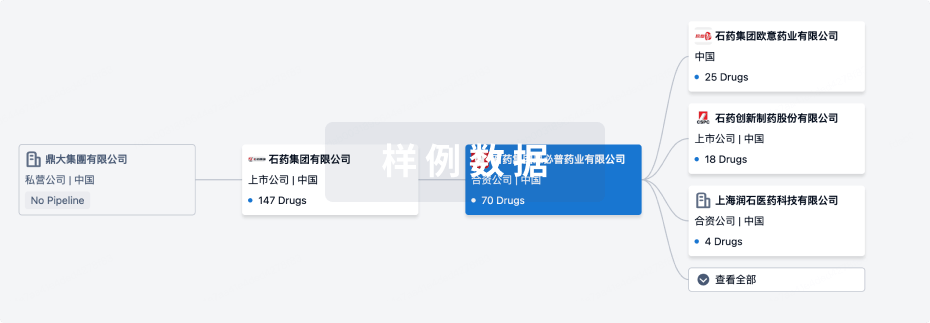
管线布局
2026年01月05日管线快照
管线布局中药物为当前组织机构及其子机构作为药物机构进行统计,早期临床1期并入临床1期,临床1/2期并入临床2期,临床2/3期并入临床3期
临床前
1
登录后查看更多信息
当前项目
| 药物(靶点) | 适应症 | 全球最高研发状态 |
|---|---|---|
SMR peptide ( Bacterial DnaK ) | 金黄色葡萄球菌感染 更多 | 临床前 |
登录后查看更多信息
药物交易
使用我们的药物交易数据加速您的研究。
登录
或
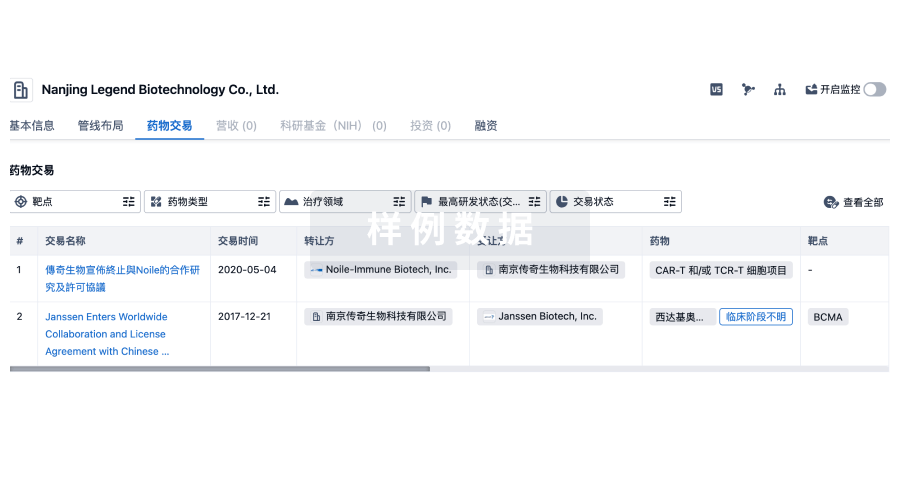
转化医学
使用我们的转化医学数据加速您的研究。
登录
或
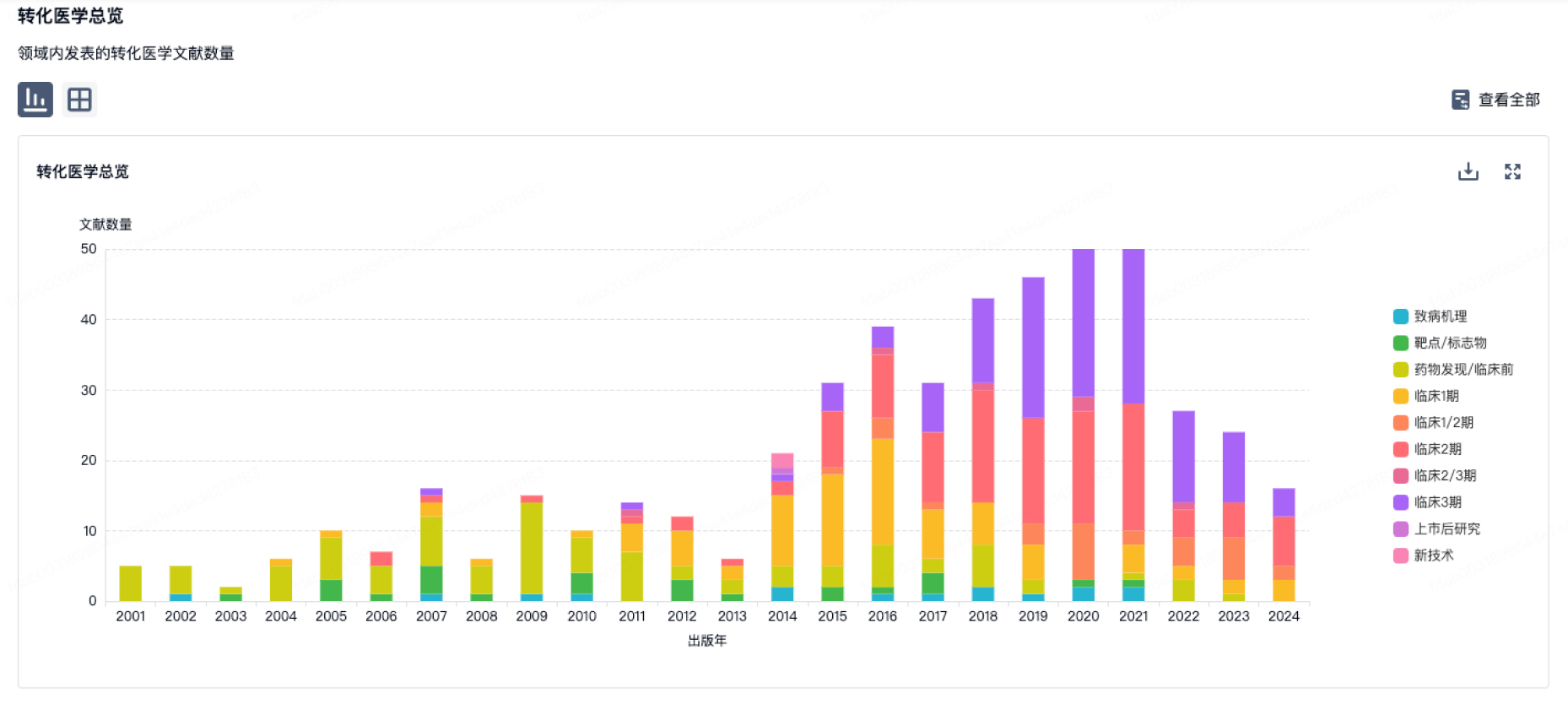
营收
使用 Synapse 探索超过 36 万个组织的财务状况。
登录
或
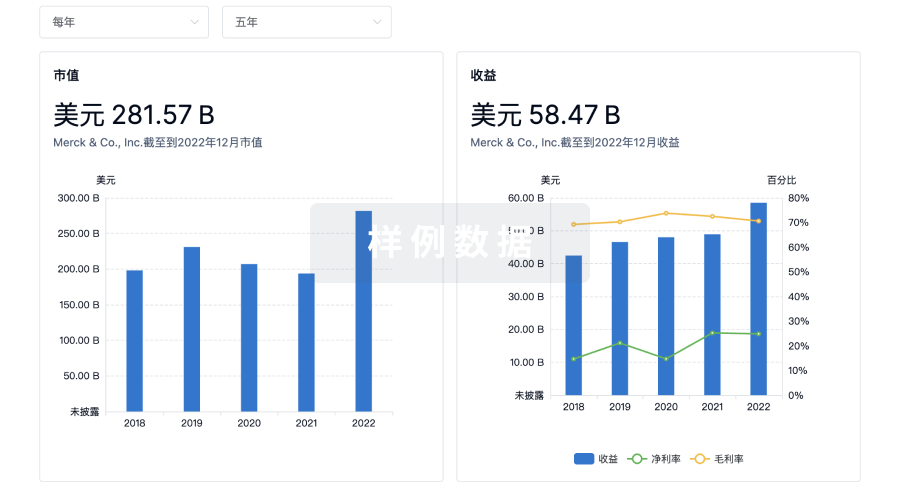
科研基金(NIH)
访问超过 200 万项资助和基金信息,以提升您的研究之旅。
登录
或

投资
深入了解从初创企业到成熟企业的最新公司投资动态。
登录
或
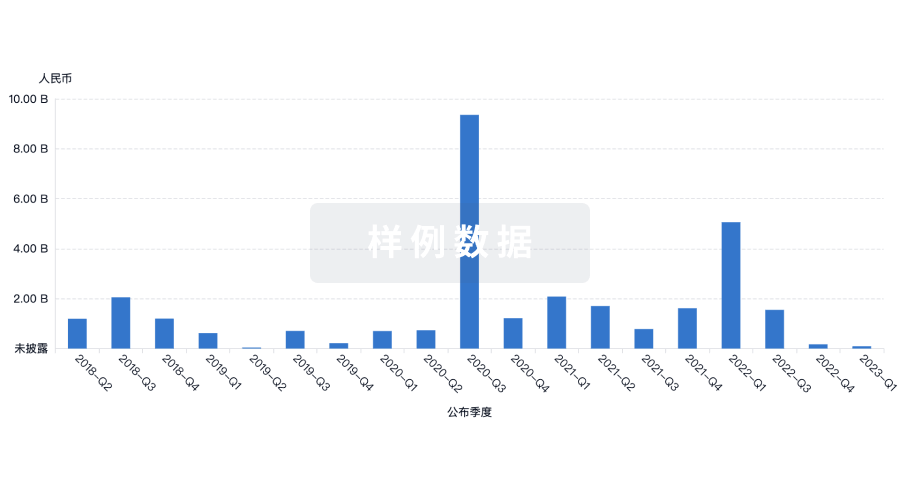
融资
发掘融资趋势以验证和推进您的投资机会。
登录
或
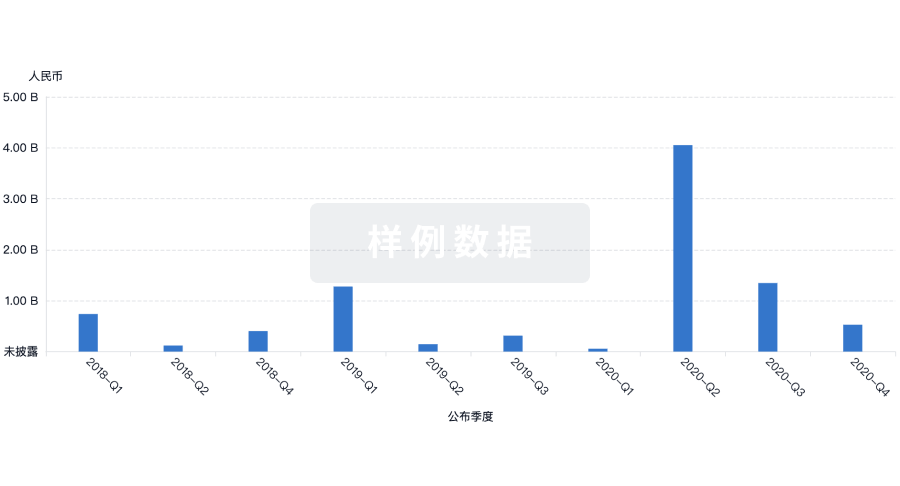
生物医药百科问答
全新生物医药AI Agent 覆盖科研全链路,让突破性发现快人一步
立即开始免费试用!
智慧芽新药情报库是智慧芽专为生命科学人士构建的基于AI的创新药情报平台,助您全方位提升您的研发与决策效率。
立即开始数据试用!
智慧芽新药库数据也通过智慧芽数据服务平台,以API或者数据包形式对外开放,助您更加充分利用智慧芽新药情报信息。
生物序列数据库
生物药研发创新
免费使用
化学结构数据库
小分子化药研发创新
免费使用


